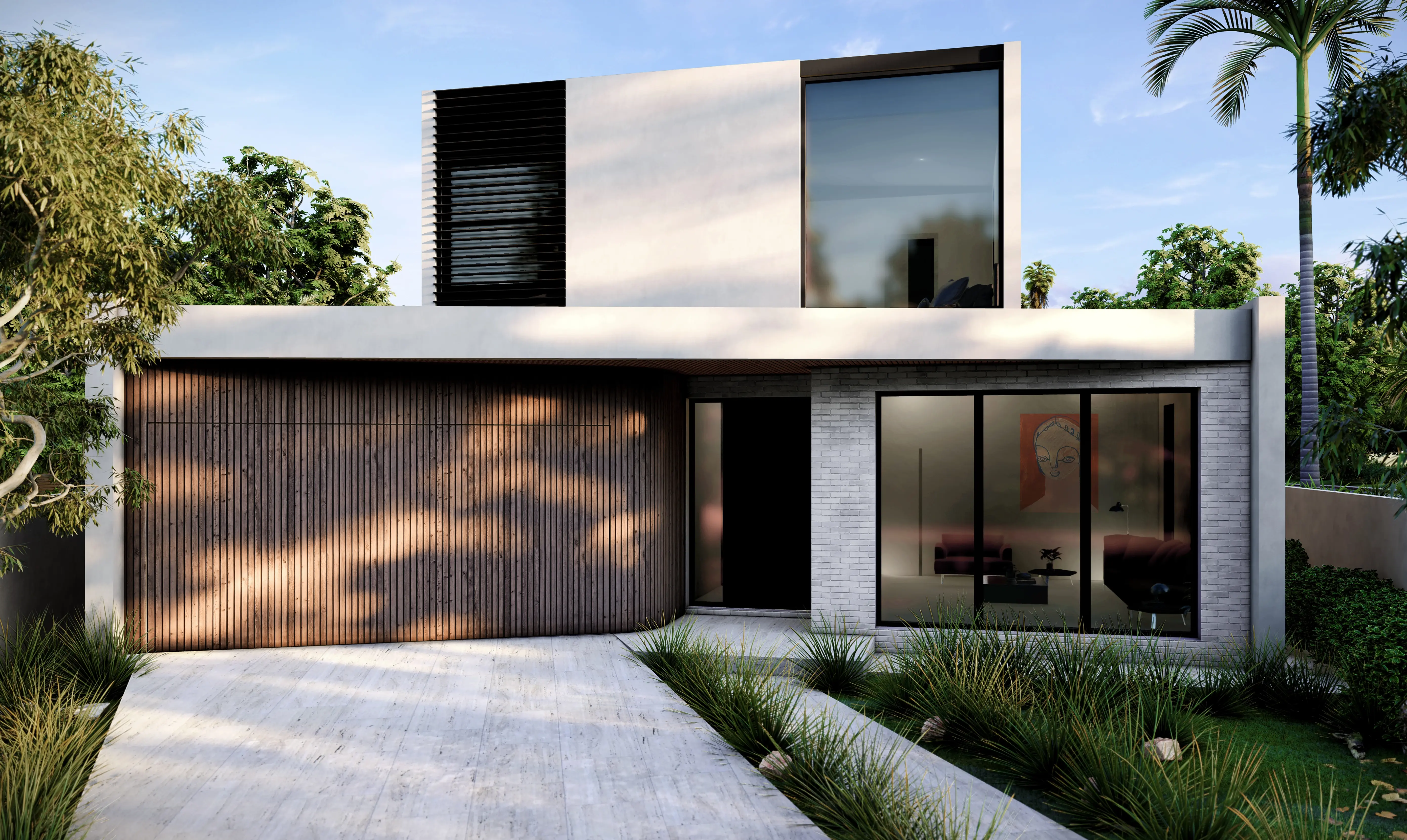If you’re planning to build a new home in Victoria, there’s one important update you need to know:
“From May 2024, all new homes across Victoria must meet 7-star energy efficiency standards under the National Construction Code (NCC).”
This change is part of Australia’s commitment to create smarter, more sustainable homes that cost less to run, and it’s reshaping how architects design, and how homeowners plan their builds.
At BQ Architects, we’ve already helped clients transition to these new standards, making sure their homes are both comfortable and compliant without breaking the budget.
Here’s what you need to know about 7-star homes and how to meet the requirements:
- What a 7-star home actually means
- What’s changing in 2025 and why it matters
- Practical ways to reach 7 stars in your design
- How BQ Architects helps clients achieve compliance
- The key benefits of building a 7-star home
What Does a 7-Star Home Mean
A “7-star home” refers to a property that achieves a 7 out of 10 energy efficiency rating under the Nationwide House Energy Rating Scheme (NatHERS).
This rating measures how well your home design uses passive energy, meaning how it naturally stays warm in winter and cool in summer, without relying heavily on heating or air conditioning.
Key factors that influence your rating:
- Orientation and layout - Positioning your home to make the most of natural sunlight and breeze flow.
- Insulation and glazing - Preventing unwanted heat gain or loss through walls, roofs, and windows.
- Building materials - Thermal mass materials like brick or concrete help regulate temperature.
- Window design and shading - Using eaves, blinds, or screens to control sunlight exposure.
- Ventilation and airtightness - Keeping the indoor climate balanced without leaks or drafts.
The higher the star rating, the lower your home’s energy demand, meaning cheaper bills and more year-round comfort.
Understanding Victoria’s 7-Star Building Rule Changes in 2025
Until recently, most Victorian homes were built to a 6-star standard. The new 7-star requirement under the NCC 2022 update raises the bar significantly.
Here’s what’s new:
- All new homes and major renovations lodged for building permits from May 2024 must achieve a minimum 7-star NatHERS rating.
- Builders must also meet a “Whole-of-Home” energy assessment, which factors in appliances, solar panels, and heating/cooling systems.
- The changes apply to houses, townhouses, and apartments across Victoria.
The goal? To reduce carbon emissions, improve liveability, and help homeowners save on long-term running costs.
(Source: Victorian Building Authority)
How to Design a Home That Reaches a 7-Star Rating
The great news is, achieving 7 stars doesn’t necessarily mean higher costs if you plan it early and design smartly.
1. Start with orientation
Design your home to face north where possible, allowing natural sunlight to warm living areas in winter and avoiding excessive heat in summer.
2. Invest in quality insulation
Walls, roofs, and floors all need to meet higher insulation levels. Small details like sealing gaps, using thermal breaks, and insulating internal walls can make a big difference.
3. Choose high-performance windows
Double glazing, low-E glass, and quality window seals are essential for temperature control. Windows are often the biggest source of energy loss in Australian homes.
4. Maximise passive solar design
Include eaves, verandas, or pergolas to shade summer sun while letting winter light in. This natural control reduces reliance on air conditioning.
5. Plan for efficient systems
Heating, cooling, and hot water make up about 60% of household energy use. Choose efficient electric systems and consider solar panels with battery storage to improve your “Whole-of-Home” score.
6. Use sustainable materials
Opt for materials with low embodied energy, such as recycled timber or locally sourced bricks. This not only helps your rating but also reduces your environmental footprint.
How BQ Architects Helps You Achieve 7 Stars Without Stress
Meeting 7-star standards is about more than ticking compliance boxes, it’s about designing a home that’s smarter, healthier, and future-ready.
At BQ Architects, we integrate sustainability into every stage of the design process.
Here’s how we help:
- Early-stage energy modelling - We test your concept in simulation software to find the most efficient design solutions.
- Passive design expertise - We orient rooms, windows, and rooflines to naturally balance light, warmth, and airflow.
- Material selection guidance - We help you choose finishes and insulation that perform well and age beautifully.
- Coordination with consultants - We work with energy assessors and engineers to ensure compliance without sacrificing design quality.
Our goal is to deliver homes that are beautiful, functional, and cost-effective. All while exceeding Victoria’s energy requirements.
Why Building a 7-Star Home Is Worth It
Upgrading to 7 stars doesn’t just satisfy new rules, it adds lasting value.
The benefits include:
- Lower energy bills - Save up to 25 % on heating and cooling costs compared to a 6-star home.
- Greater comfort - Even indoor temperatures all year round.
- Reduced emissions - Contribute to a more sustainable Victoria.
- Higher property value - Buyers are prioritising efficient homes.
Future-Proof Your Home with Smart Design
The 7-star energy standard marks an exciting step forward for Victoria’s housing industry.
By designing smarter from the start, homeowners can enjoy lower costs, greater comfort, and stronger long-term value.
At BQ Architects, we believe every great home should perform as well as it looks. Our team is here to guide you through the new requirements, turning sustainability into a seamless part of your dream home design.
Ready to design your 7-star home? Contact BQ Architects today to start planning a sustainable, energy-efficient home that’s built for the future.

